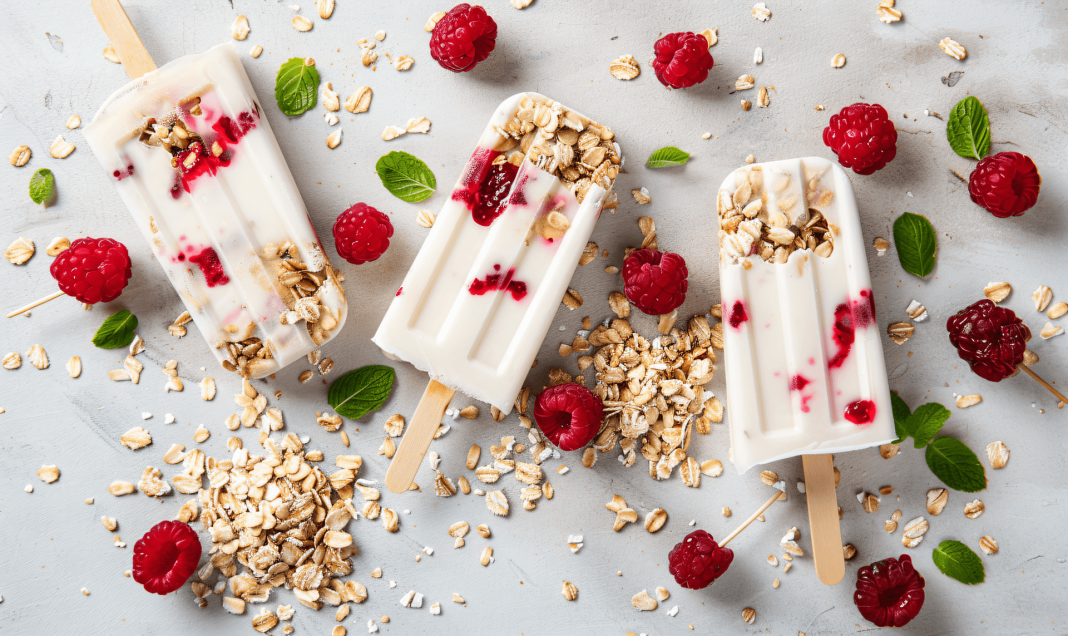This content is provided by the Pioneer Bird Blood Sugar Management Software! It helps you record blood sugar, blood pressure, and other health indicators, provides free tasting of sugar-free foods, as well as customizes dietary exercise plans to accompany you in sugar control.
Hello everyone, I am Dr. Li from the Endocrinology Department. Today, I want to share with you some insights on diabetes management, especially new discoveries in terms of diet. We all know that diabetes is a common chronic disease, with the number of diabetic patients in our country exceeding 100 million. For diabetics, how to scientifically eat and control blood sugar is a major topic in daily life.
First, we need to clarify a concept, which is insulin sensitivity. Insulin sensitivity refers to the body’s response to insulin. The higher the insulin sensitivity, the better the blood sugar control; conversely, poor blood sugar control. So, how can we improve insulin sensitivity?
In recent years, studies have found that the following foods have the effect of enhancing insulin sensitivity:
1. Oats
Oats are rich in dietary fiber, which can reduce the rate of postprandial blood sugar elevation and improve insulin resistance. The β-glucan component in oats has been proven to have the effect of regulating blood sugar and lowering blood lipids. It is recommended for diabetics to consume 50-100 grams of oats every day, either cooked as porridge or eaten with milk.
2. Green Tea
The tea polyphenols in green tea have antioxidant and blood sugar-lowering effects. Studies have found that green tea extract can improve insulin sensitivity and lower blood sugar. Drinking 3-4 cups of green tea a day can help control blood sugar.
3. Fish
Fish is rich in unsaturated fatty acids, which can improve insulin resistance. Especially deep-sea fish, such as salmon, cod, etc., contain abundant omega-3 fatty acids, which have a good effect on improving insulin sensitivity. It is recommended to consume fish 2-3 times a week, 100-150 grams each time.
4. Nuts
The unsaturated fatty acids, dietary fiber, and minerals in nuts help improve insulin sensitivity. However, nuts are high in calories, so diabetics should consume them in moderation. Eating a small handful of nuts, such as walnuts, almonds, etc., every day can meet the nutritional needs.
After learning about these foods, diabetics can increase the intake of these foods in their daily diet. At the same time, I would like to recommend the Blood Sugar Assistant to help diabetics monitor blood sugar in real-time, record their diet, and develop a dietary plan, allowing diabetics to better control blood sugar.
For example, Mr. Zhang is a middle-aged man with type 2 diabetes. After learning about these new dietary findings, he started to increase his intake of oats, green tea, fish, and nuts in his diet. At the same time, he used the blood sugar management assistant to record his diet and monitor his blood sugar. After a period of adjustment, Mr. Zhang’s insulin sensitivity improved and blood sugar control became more stable.
Lastly, I want to emphasize that diabetes diet is not set in stone. Diabetics can try these newly discovered foods appropriately while following the doctor’s advice. Moreover, maintaining good lifestyle habits and actively participating in exercise are essential to better control blood sugar and enjoy a healthy life.
In conclusion, improving insulin sensitivity is the key to reducing blood sugar for diabetics. Through scientific diet, reasonable exercise, combined with the blood sugar management assistant, diabetics’ blood sugar control will be more under control. Let’s work together to create a better future!


